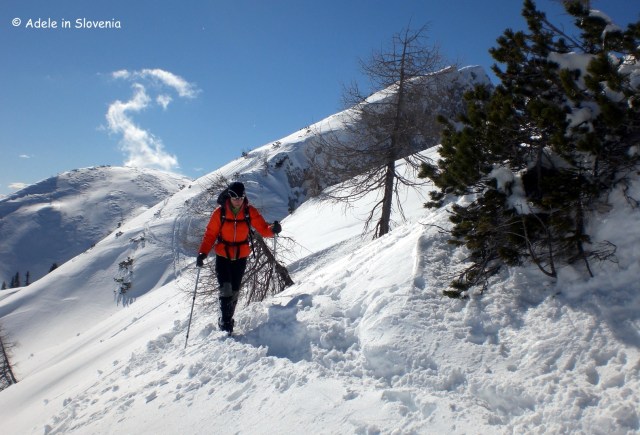The Apitourism Bee House in Bohinjska Bistrica, near Bohinj lake, is a one-stop destination for apitherapy and wellbeing.
The combination of apitherapy, honey massages, and a spacious, well-equipped apartment, makes this an ideal place to reap the benefits of apitourism and enjoy some pampering, and a great base from where to explore the beautiful surroundings of the Bohinj area and Triglav National Park.
The house and apiary is tucked away in a quiet part of Bohinjska Bistrica, next to the Tomaž Godec Museum and alongside a stream, whilst also being within walking distance of local shops and restaurants.
You can relax in a deckchair in the garden, which is planted with honey plants, and watch the bees going about their business.
You can visit the Bee House as a day guest to enjoy apitherapy sessions in the traditional Slovenian apiary and/or honey massages, or stay in the spacious on-site apartment, from where its just a hop and a skip to the apiary, thus making it the ideal place for total rest and relaxation.
After admiring the painted apiary from the outside and watching the diligent bees go about their business, you can go inside, take a seat, place a mask over your mouth and nose and breathe in the goodness.
Apitherapy is known to help improve a number of conditions, particularly respiratory problems, as well as allergies, stress, depression, etc.
To complement the apitherapy sessions, you can also treat yourself to an on-site honey massage, the benefits of which, in addition to being relaxing, include detoxification, boosting of the immune system and revitalisation.
Brane and Mirjam – the owners of the Bee House – are both certified apitherapists and can prescribe personalised wellbeing programmes. They can also offer advice on how various bee products, including honey, honey vinegar, propolis and their own patented drink made from honey and effective microorganisms, can aid a range of conditions.
The modern Bee House apartment has a fully-equipped open-plan kitchen/living/dining room, and 2 bedrooms that can accommodate 4 people.

There are wonderful views of the surrounding mountains from the balcony.
Upon prior arrangement workshops and tastings of honey products can also be arranged.
For information and reservations visit the Bee House Facebook page, call +386 31 490 865, or email: crt.boznik@gmail.com or orbita.bb@siol.net.
So, when in Bohinj, or considering a bee-themed trip, be sure to make a beeline for the Bee House!
© Adele in Slovenia





























































































































